So, it seems public Wi-Fi may finally be coming of age big time. LinkNYCs blog has a write up of their "Secure" public WiFi:
LinkNYC has two free Wi-Fi networks, ‘LinkNYC Free Wi-Fi’ and ‘LinkNYC Private.’...
The ‘LinkNYC Private’ network goes a step further, offering state-of-the-art encryption via HotSpot 2.0 and WPA to secure all wireless communications between devices and the Link, regardless of whether a website uses SSL security. This means that even casual browsing is protected from snooping. The network is one of the first in the country to offer an encrypted public network at this scale.
Hotspot 2.0, or 802.11u, OR "Wi-Fi Certified Passpoint" (Blerg.) is an amendment that specifies internetowrking between external networks. Per the amendment:
support for external authentication, authorization and accounting, together with network selection, encryption, policy enforcement and resource management.
At launch it will only support Apple mobile devices (of course), but will add other device support over time.
Hotspot 2.0 has been a thing for a while, and this is not the first network to provide it, but with all the attention this project is getting, I have the feeling Hotspot 2.0 may actually have it's day - like legit.
But, there's more! Fierce Wireless is reporting "AT&T in process of upgrading Wi-Fi in NYC parks with Passpoint". "Passpoint" is the Wi-Fi Alliance's marketed name for Hotspot 2.0. That's pretty huge. Two major wireless initiatives in the largest city in the U.S. rolling out secure public wireless.
For those unfamiliar with Hotspot 2.0 I refer you to this blog post by Ruckus Wireless' Dave Wright.

